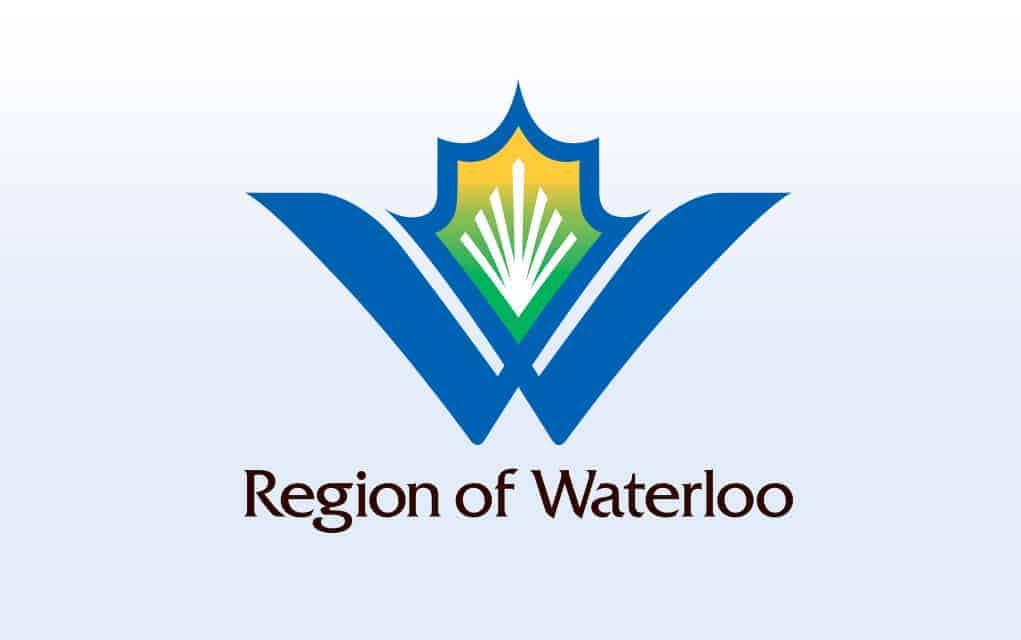The latest threat of amalgamation in Waterloo Region has been removed, as the province says it will not force a “top down approach” on municipalities. Friday’s announcement by Municipal Affairs Minister Steve Clark follows a regional governance review launched in January.
The review – led by former regional chair Ken Seiling and former provincial bureaucrat Michael Fenn – looked at Ontario’s eight regional municipalities (Durham, Halton, Muskoka District, Niagara, Oxford County, Peel, Waterloo and York), the County of Simcoe, and their 82 lower-tier municipalities.
Instead of amalgamation, Clark offered $143 million in funding to help municipalities find ways to lower expenses and improve services.
The decision was welcomed by local officials, who’d spoken out against the prospect of amalgamation in the region.
“I think it’s good news for the township, for all the townships,” said Woolwich Mayor Sandy Shantz, arguing amalgamation would have lessened government representation for the rural areas of the region. “We could have definitely ended up with less access to services.
“For the rural areas, amalgamation wouldn’t have benefited us.”
She noted many of the myths about amalgamation, such as lowering costs, refuse to die.
Shantz extended kudos to the province for listening to the feedback from the municipalities.
The province received more than 8,500 submissions during the review process, carrying out nine consultation sessions. Local municipalities also consulted with the public, via meetings and online, in crafting their own submissions to the province.
Both the region and lower-tier municipalities made their feelings clear to the province, said Wellesley Mayor Joe Nowak, who welcomed the news last Friday.
“I think it’s a relief for everybody,” he said. “It’s been like a cloud hanging over your head for the last year.”
Regional Chair Karen Redman also welcomed the “clarity” of the provincial announcement, but noted the province didn’t completely rule out the possibility of amalgamation resurfacing.
While saying there would be “no top-down decision-making,” the minister indicated there’s the possibility of a locally-led initiative, without specifying what that might mean, she said.
A few business-oriented groups, for instance, continue to propagate the idea that one level of government would be more efficient, though that idea has largely been debunked
“They left the door open slightly,” she said of the provincial stance.
The province did get it right, she added, when noting there’s no good blanket approach that could apply to all regional municipalities.
“One size does not fit all,” she said.
Likewise, the province has given municipalities some leeway in spending the collective $143 million it’s providing to find efficiencies and to work on collaborative efforts to reduce costs.
The region’s share of that funding should help make worthwhile changes rather than just going through the motions, Redman said.
“We should look at how we deliver services … as long as it’s transformative – it’s no use nibbling at the edges.”
Among her priorities are issues such as funding for arts and culture. She also sees much room for improvement of offload times for paramedics and police, with efforts needed to avoid having paramedics and officers sitting around for hours at the hospital until care of the patient is handed off to medical staff.
Shantz, too, welcomed the funding to improve efficiencies, saying the governance review helped bring that issue back to the fore.
“The process reminded us again that we need to do it,” she said.
The region’s four rural townships are already working on a review of how they might work together to reduce costs, Nowak pointed out.
“We’re already behind that process. It’s time to move forward,” he said of the post-review agenda.
While much of the review process was public, Clark has stated the report submitted by Seiling and Fenn will be kept private and not released.









